Crypto, Culture, and Society members recently joined a session by web3 polymath Ameer Carter, aka Sirsu, to explore how social capital operates. Using real-world models of collective action and examples of web3 projects that bridge the gaps between social, cultural, and economic capital, he advanced a compelling argument for using blockchain technologies toward attribution of creative works to their creators. Below is a recap and response from our community.
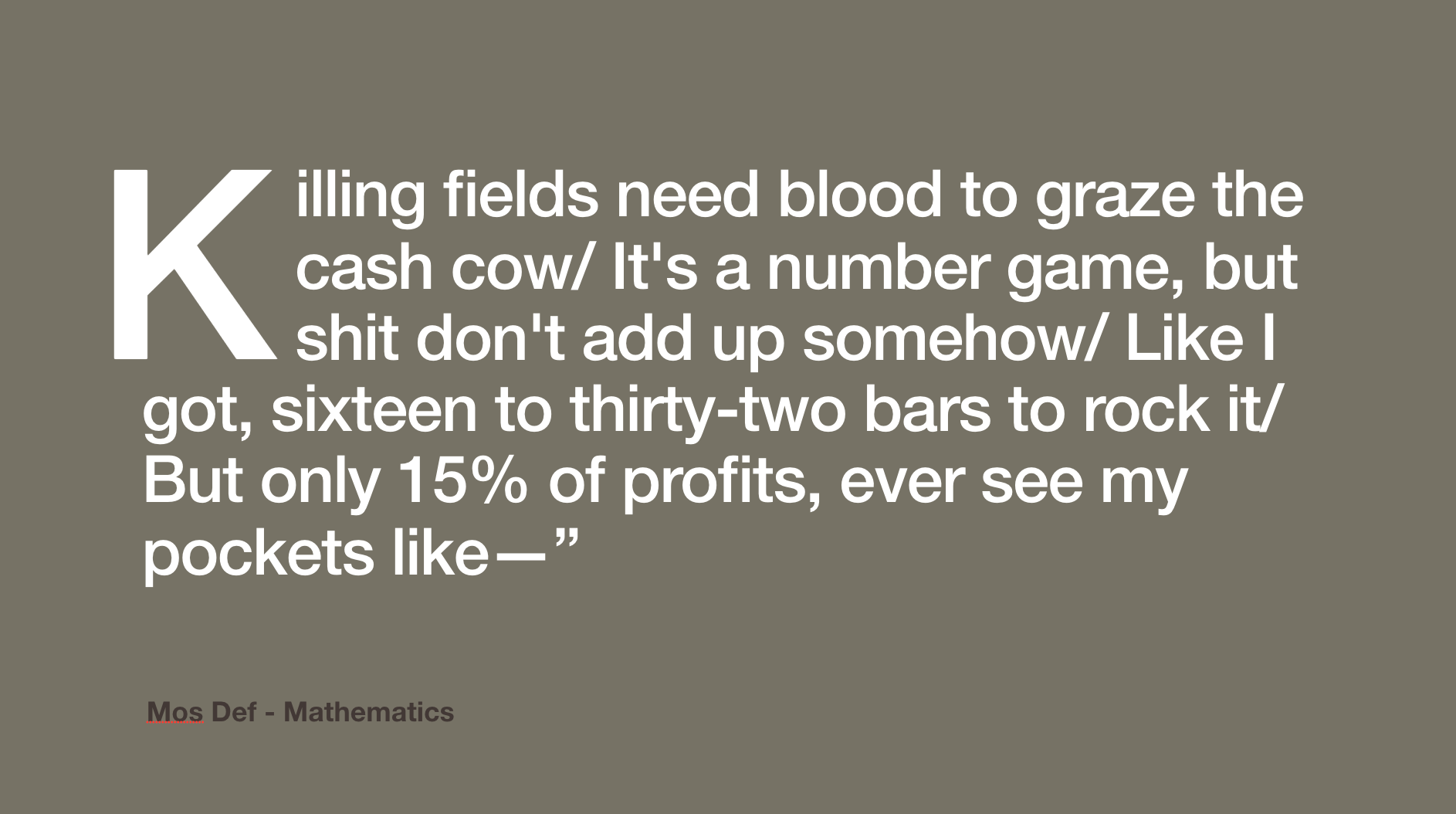
“It’s not about streaming...that’s not the problem, right? You mean to tell me that the source of labor at the center of this experience is supposed to be satisfied and grateful with receiving a portion of a penny for their efforts and labor?” -Yasiin Bey (Mos Def) when asked during an interview on People's Party with Talib Kweli, June 14, 2021
Sirsu started his presentation by playing “Mathematics”—a fitting roadmap that set the stage for our conversation. The penultimate track on 1999’s Black on Both Sides—the debut studio album from Yasiin Bey aka Mos Def—finds the rapper weaving together stats that speak to a myriad of systemic injustices in America.
With his signature wit, he hopscotches from the prison industrial complex to the AIDS and crack epidemics to poverty and unemployment, presenting evidence for all the ways in which the numbers don’t add up to the nation’s glittering image of exceptionalism—least of all for Black communities.
More than two decades have passed since Mos Def released the song, and what, if anything, has materially changed? The early promises of the Internet as a borderless town square have led to the concentration of power in a handful of tech companies, and the Covid-19 pandemic has accelerated the infiltration of these companies into more arenas of our lives. New technologies overpromise on the utopian visions of their creators all the time. Surely the breathless claims for crypto and web3 to radically shift society, redistribute wealth, and deliver a more equitable future are a stretch, right?
*Sirsu Has Entered The Chat*
Ameer Carter, aka Sirsu, is a self-described activist, archivist, curator, and designer. He’s at the helm of a number of web3 projects designed to build social capital on the blockchain. These projects include The Well, a cultural index aimed initially to support Black culture and Black cultural creators, and BLVKHVND, which aims to be the largest decentralized esports gaming entity on the market. He also created the Mint Fund, which is dedicated to supporting BIPOC and LGBTQIA+ creators to mint their first NFTs.
Sirsu has a gift for aggregating seemingly disparate ideas and cultural artifacts to make sense of our current moment. Armed with a deep knowledge of the past and a keen eye towards the future, he embodies what William E. Peaster has described as the “curator auteur,” drawing “compelling connections among cultural objects and sharing related insights in masterful, discerning fashion.”
What Do We Mean by Social Capital?
Sociologist Alejandro Portes defined social capital as influence:
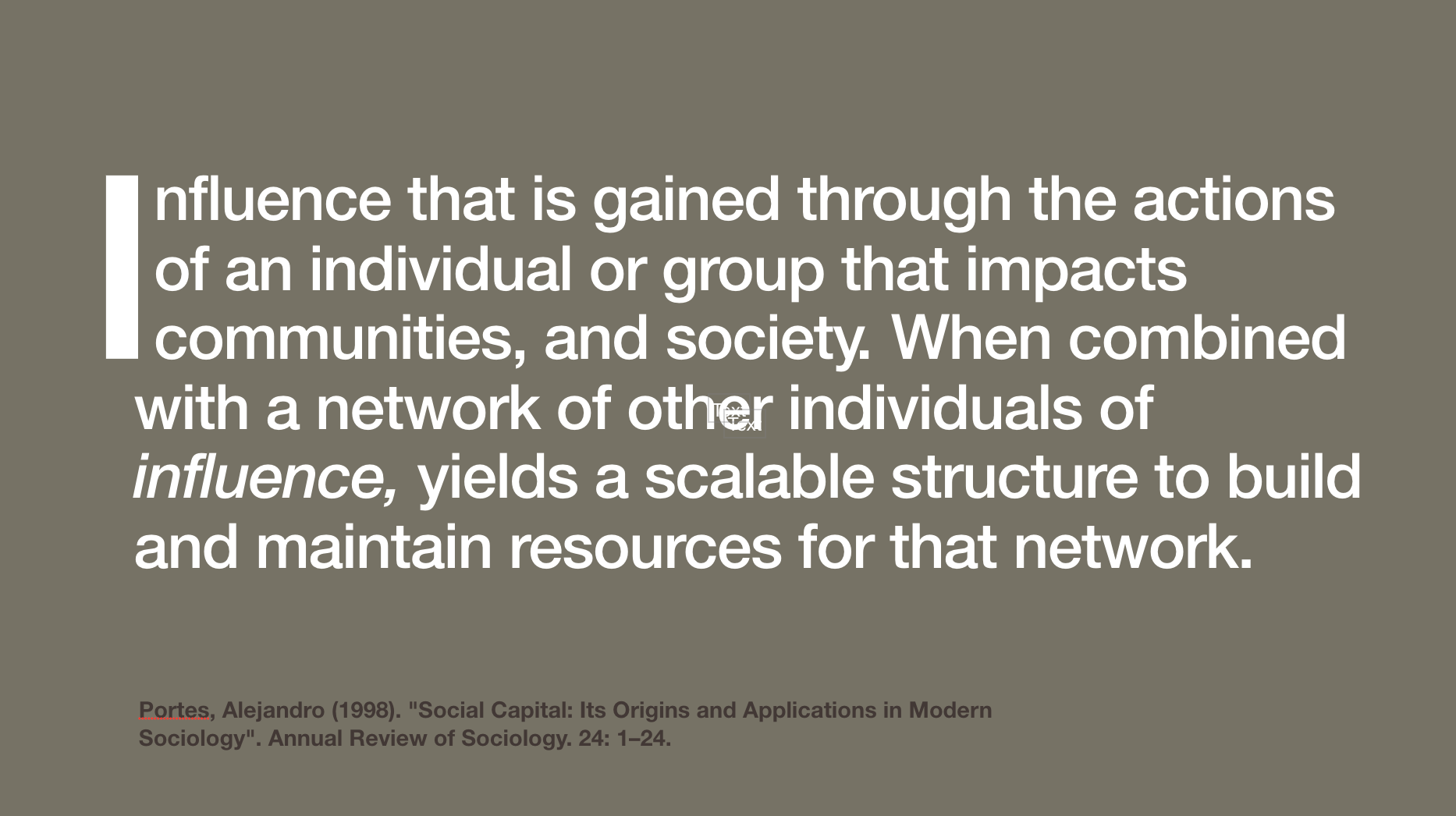
Building on this definition, French sociologist Pierre Bourdieu articulated his framework of the three forms of capital—economic (money), social (networks of influence), and cultural (artifacts of value). In this formulation, Bourdieu was describing different ways in which power operates to shape society. These three forms of capital represent both material and intangible assets that inform one’s social position. They interact with one another and can be reinvested, exchanged, or transformed into other forms of capital.
To use a simplified example from education, students invest money (economic capital) towards obtaining a degree or credential from an institution of higher learning (cultural capital) which hopefully unlocks new networks of relationships (social capital). In creative disciplines, creators use their knowledge, skills, and tastes (cultural capital) to accrue networks of peers and supporters (social capital) which can theoretically be exchanged for money (economic capital). Thus, social mobility is enabled or curtailed according to one’s ability to leverage these assets.
However, the forms of capital are unevenly distributed throughout society, and in practice, the ability to transform cultural and social capital into economic capital is fraught.
Sirsu: “People who develop and invent culture should be compensated for that.”
A Moral, Ethical, and Financial Case for Attribution
Crypto can enable and streamline the transformation of cultural and social capital into economic capital through the proper attribution of creative output to labor. One of the most salient talking points of web3 proponents is the idea of provenance. With blockchain technology and NFTs, there is a new way to properly trace the origin of all kinds of assets, whether they’re digital goods or physical objects.
In the art world, provenance describes an artifact’s origin—who created it, where it came from, and who previously owned or supported it—which adds value to that artifact. An NFT can act as a certificate of authenticity for manifestations of ideas (jpegs and other digital files, artwork, writing, etc.).
In market terms, this certification strengthens consumer confidence that one is actually
buying what is promised. Hypothetically, this allows creators of art and culture to reap the financial benefits of their labor.
Here, Sirsu starts to build a compelling moral and ethical case for web3. The history of mass culture is rife with examples in which failures to account for proper attribution have contributed to the undervaluing of Black artists and their work. There are countless examples from music, literature, performance, and visual culture, but here are a few worth highlighting
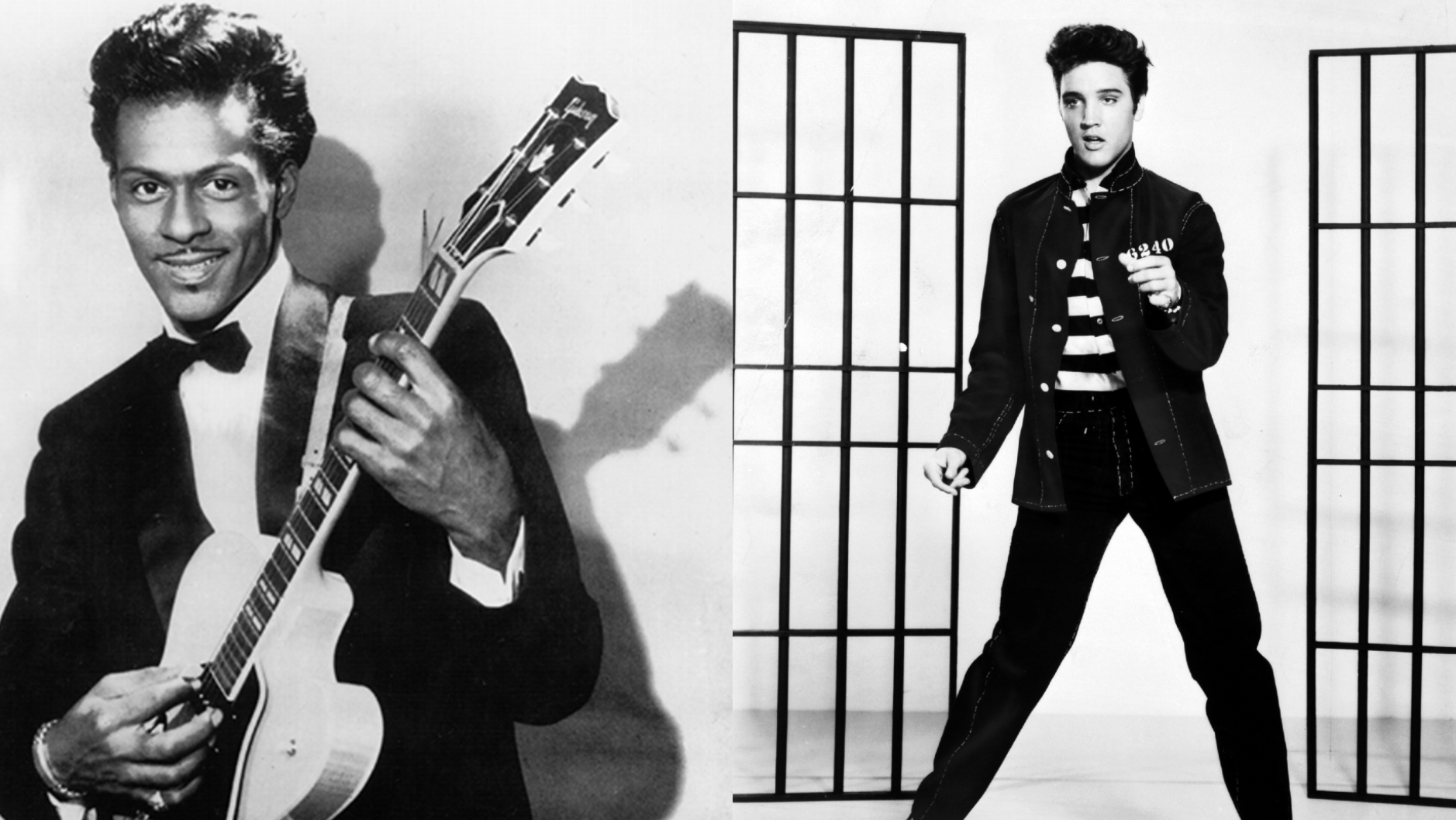
On the left is a black and white photograph of Chuck Berry posing with his Gibson guitar dated 1958. On the right is a black and white photographic still of Elvis Presley from the 1957 film Jailhouse Rock. While they both found enormous success in their time, Presley’s cultural status as the “King of Rock and Roll” belies the innovations of Black progenitors like Chuck Berry (not to mention Bo Diddley, Big Mama Thornton, the list goes on...)
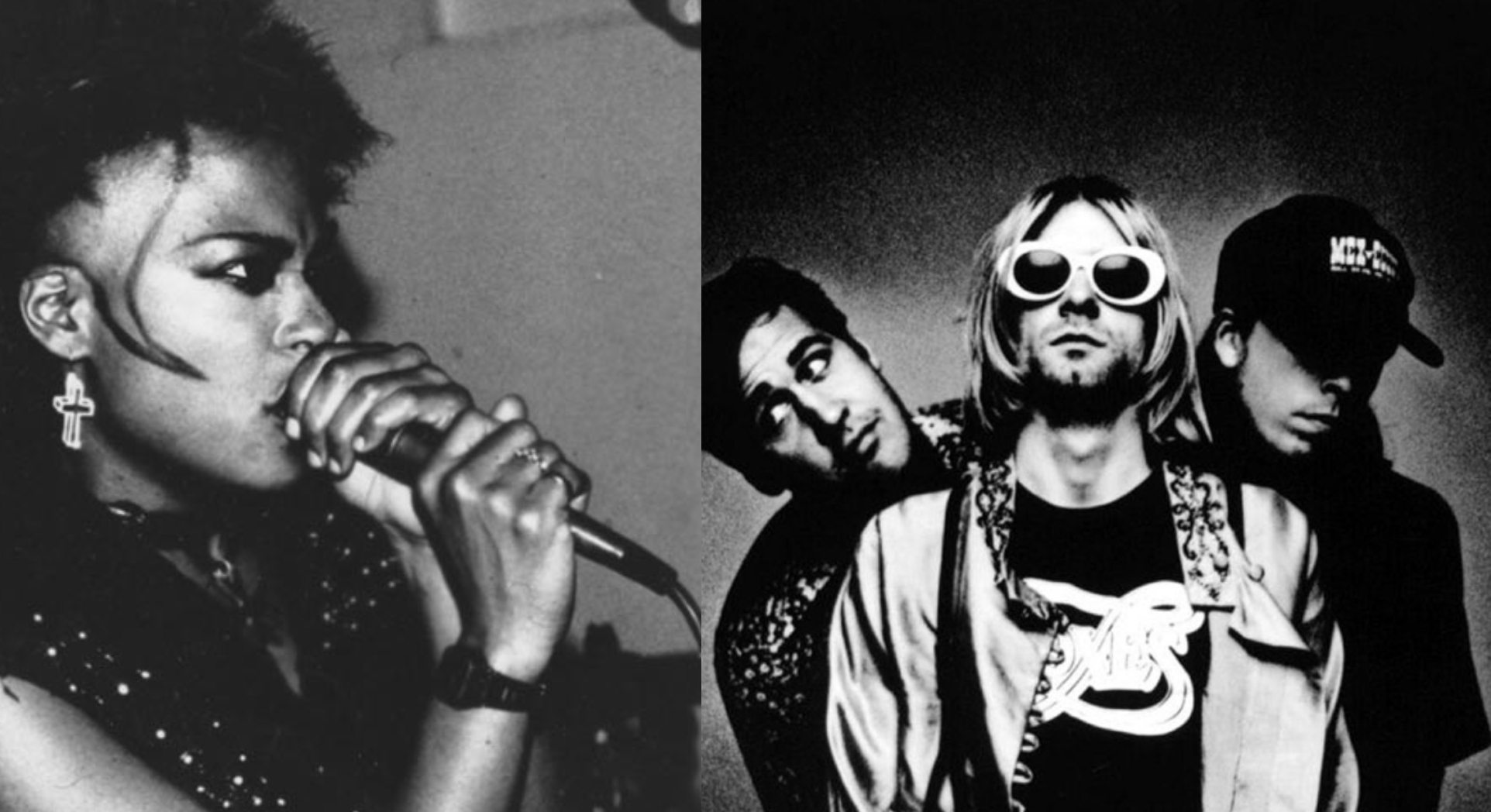
On the left is a black and white photograph of Tina Bell—musician, songwriter, and lead vocalist of the Seattle-based band Bam Bam. She has been referred to as the Godmother of Grunge. On the right is a black and white photograph of Nirvana, who often receive credit for pioneering the genre.
Sirsu: “What would we have seen in the documentaries, awards? What might have happened if there was proper attribution given to this woman and her band? We won’t know because she’s not around but hopefully with a new future we can have a chance to rectify this.”
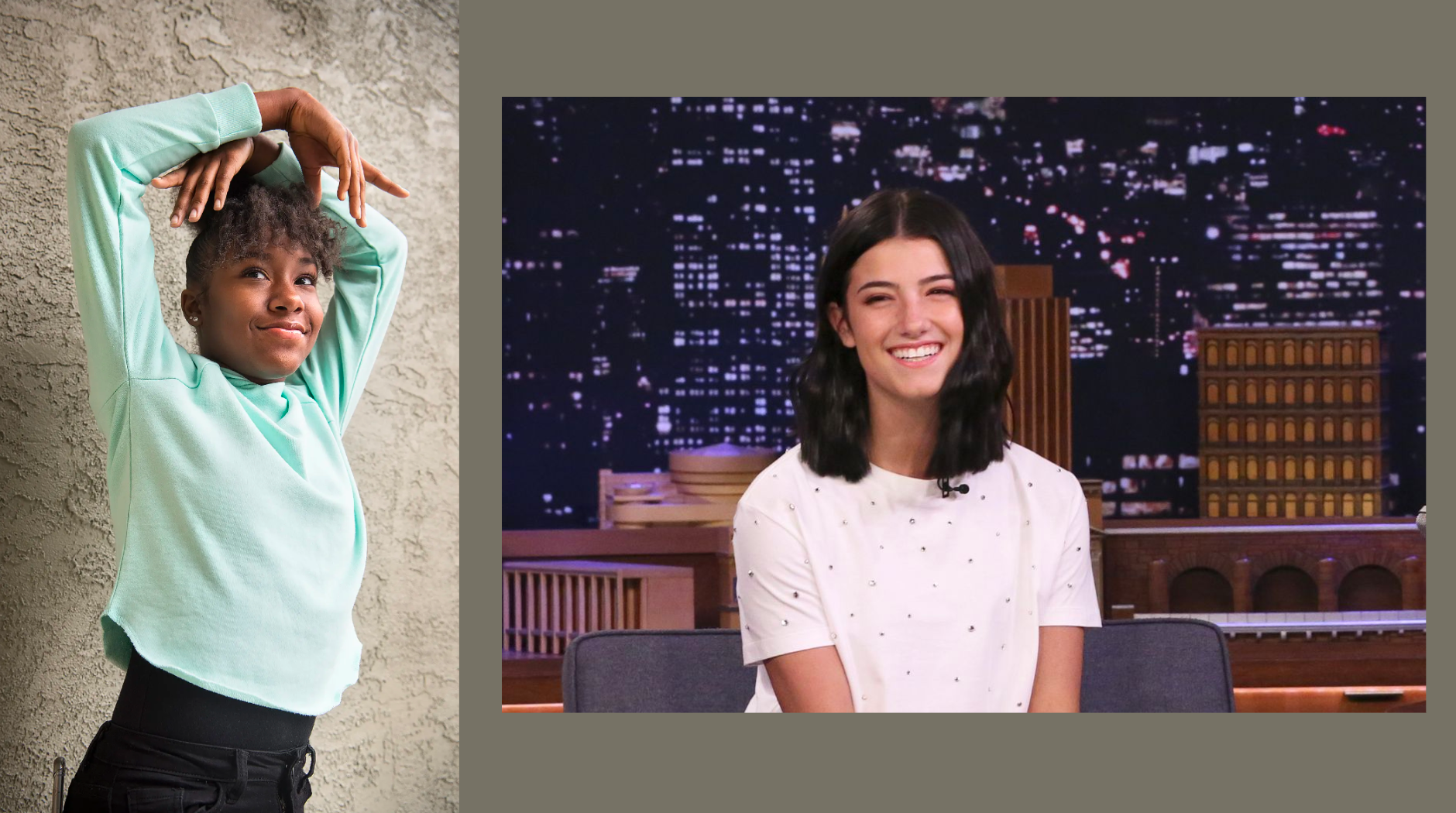
On the left is a color photograph of Jalaiah Harmon, originator of the Renegade dance that went viral via TikTok. On the right is a still from The Tonight Show Starring Jimmy Fallon depicting Charli D’Amelio, one of many successful TikTok influencers who gained viral fame for a video performing the Renegade dance.
The line between drawing creative influences and cultural appropriation is often fuzzy, and there is a difference between the value proposition of authoring a novel idea and propagating that idea through one’s own interpretation. Creative innovation often hinges upon the free exchange of ideas and the feedback loops of artists iterating, riffing, and yes—copying.
Still, in all of these examples, the failure of Black creators to receive their proper cultural and social capital is undeniable, and we can only speculate on what forms of economic capital are thus hindered.
Furthermore, the web3 ecosystem isn’t immune to such examples of misattribution. Sirsu points out a few glaring examples in which the media wrote about NFT projects from earlier this year that claimed to be the first in pro sports or rap, despite earlier projects in the space (see @Micah_Johnson3 and @tommy_wilson_ in pro sports; @ConnieDigital, @harrisonfirst, and @KingMizoMadeIt in rap).
Despite this, Sirsu champions the transparency of blockchain technologies and the potential they have to properly attribute sources of cultural production.
Sirsu: “Tokens give you more than just monetary value - they give you social and cultural value as well. In many ways, it’s the greater catalyst to activating all 3 types of capital.”
“Web3 is for the Culture”
Sirsu offered a few real-world, non-crypto examples of organized groups working collectively around questions of cultural patrimony (see: the New Patrons Protocol; Palmer Hayden and The Harmon Foundation).
He discussed four web3-native projects in which creators are using crypto to build on-chain social, cultural, and economic capital:
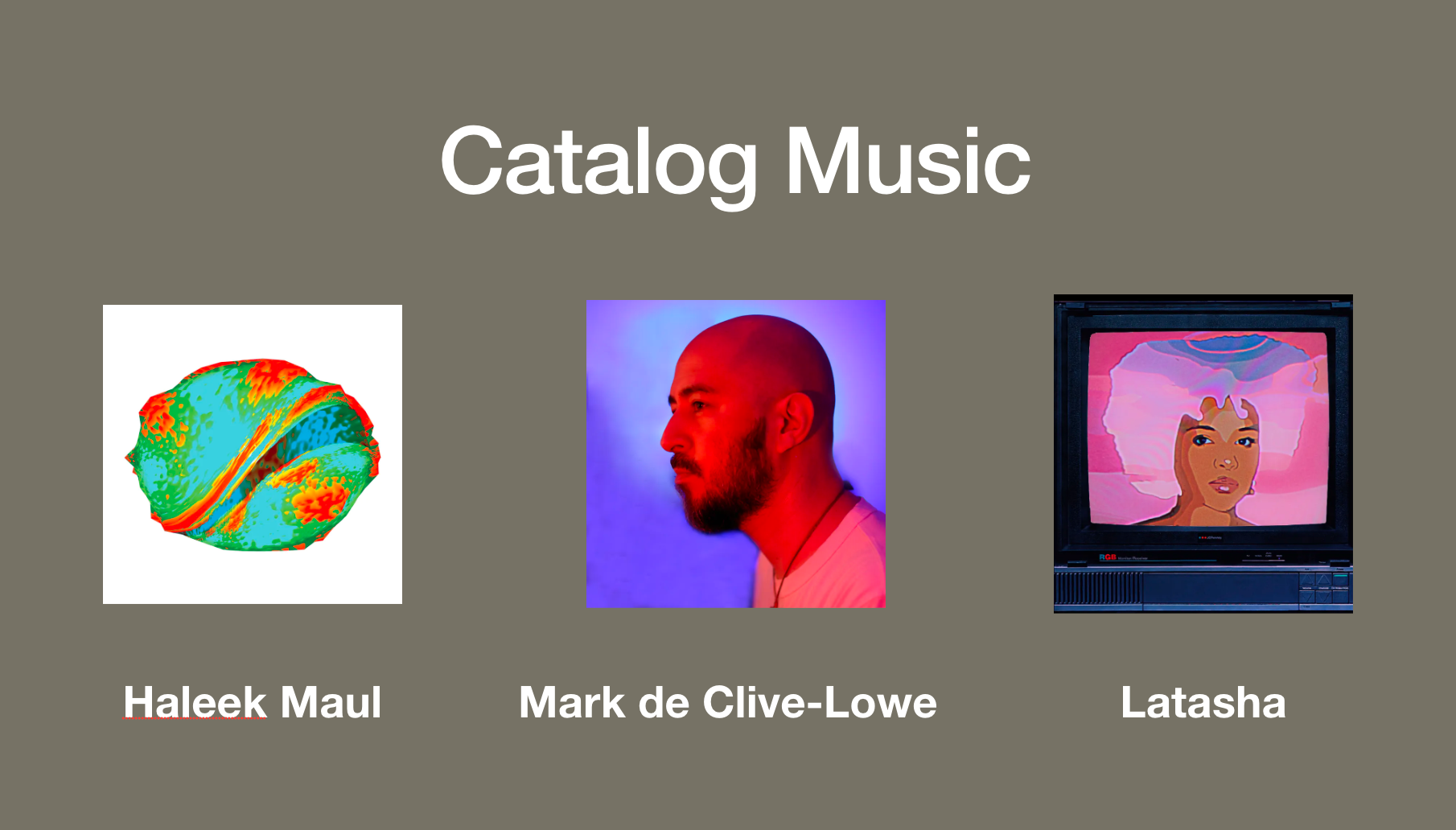
Catalog Music is a project that empowers musicians to build on-chain capital using audio NFTs minted directly on the platform. Haleek Maul broke the record for the highest sale on Catalog at 17.1 ETH. He uses his on-chain capital to provide folks in Barbados and the West Indies with opportunities to participate in the global economy. Mark de Clive-Lowe brings emotional weight and gravity to this new medium, inviting others to learn more about how his cultural heritage has influenced his work. Latasha is a de facto example of a musician building on-chain social capital and using it to impact others in the space; as she has gained traction, she has galvanized a new community of creatives to join her.
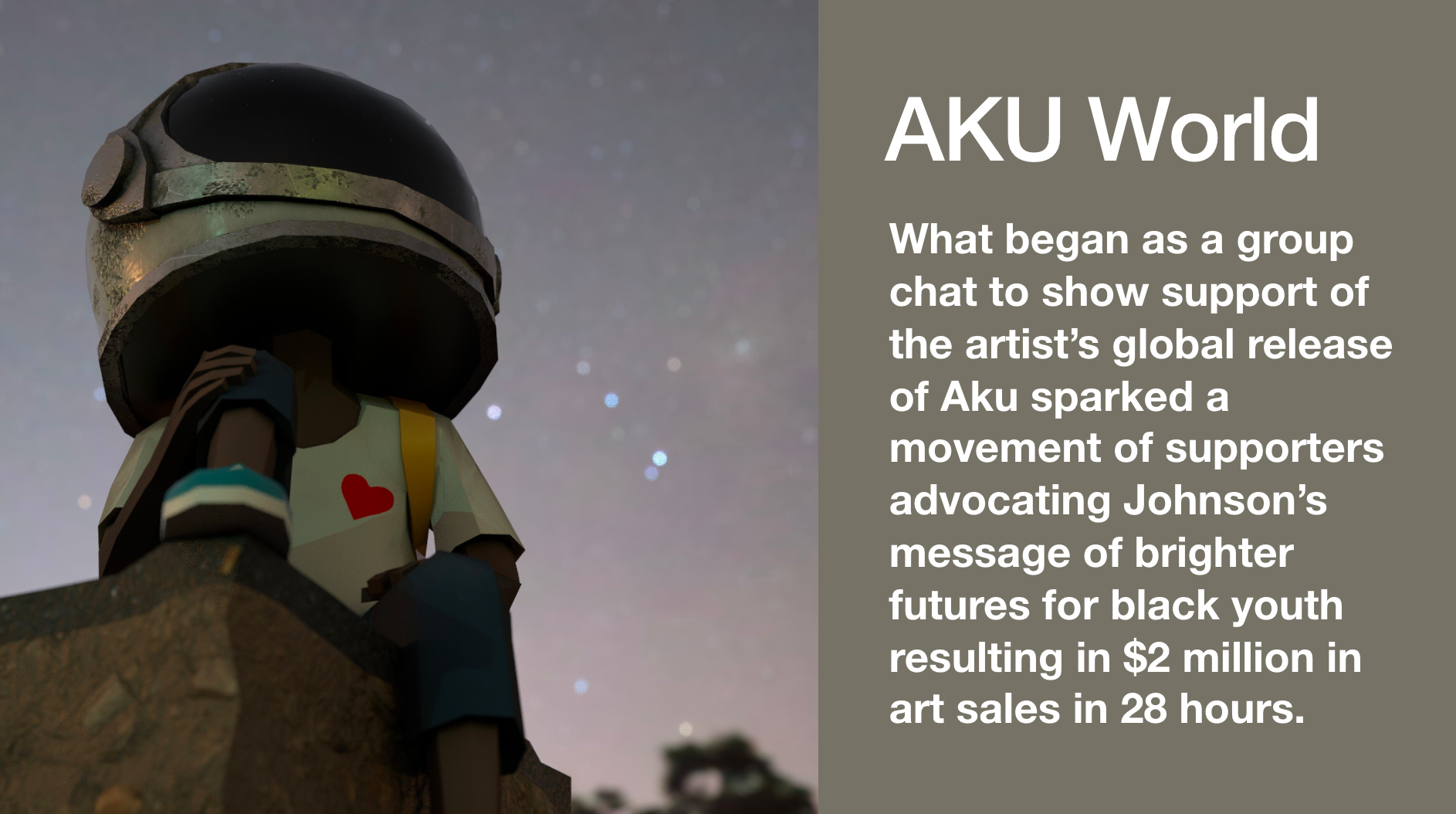
Micah Johnson’s Aku World NFT project raised $2 million in sales following his participation in a Clubhouse discussing Crypto for Black Economic Empowerment.
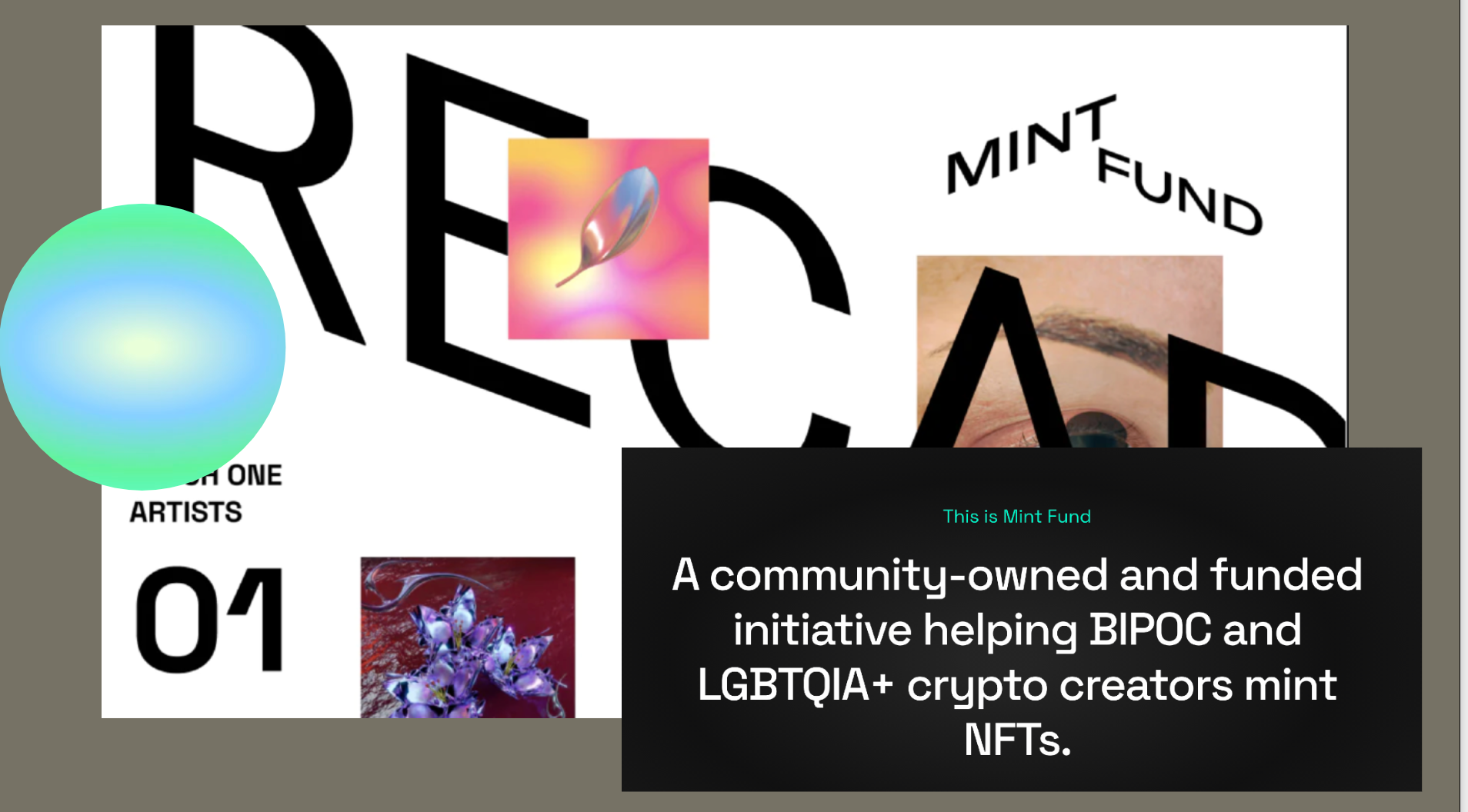
Sirsu created The Mint Fund as a way to empower a global community of artists to mint and sell their work. The Mint Fund provides gas costs for creators to mint their first NFTs, prioritizing BIPOC and LGBTQIA+ creators outside of North American and the European Union.
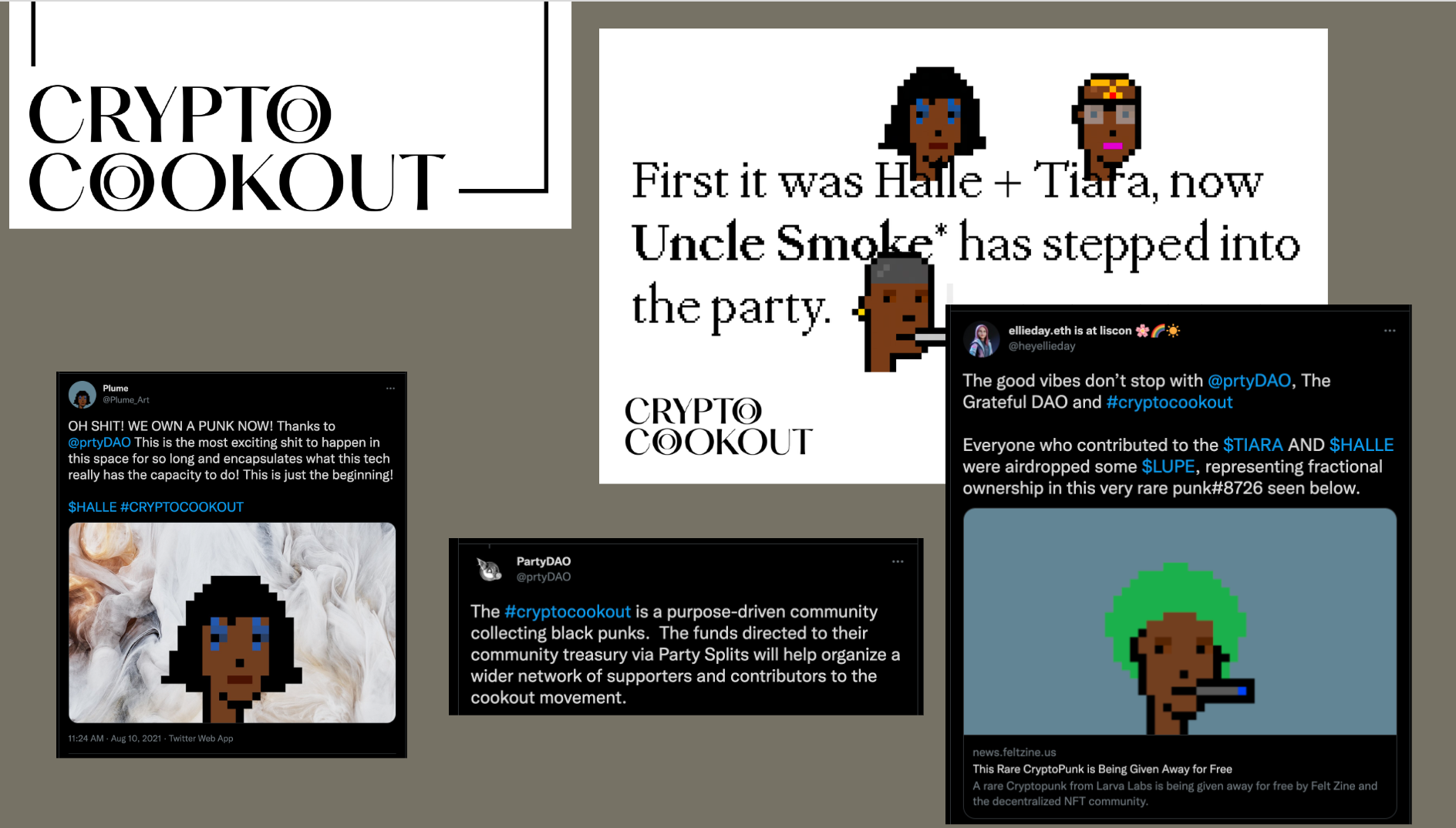
Sirsu started the #cryptocookout campaign, which catalyzed a community to pool together resources using PartyBid. They successfully bid on Black CryptoPunks, which were severely undervalued by the market at the time compared to white CryptoPunks, and raised their floor prices.
The blockchain is one way for creators to recoup some of the value that is extracted by the internet. It’s a massive shift in how we value creative labor, but one that returns power to the people who create the art and culture on which we rely to understand ourselves and one another.
The homepage for The Mint Fund includes the following text, which adds useful context into how Sirsu thinks about—and operates within—the burgeoning web3 space:
“To mint is to add to humanity’s history. And so we Mint. Together.”
For Sirsu and so many other creators, the wealth generated by the explosion of NFTs is just one of the value propositions of the blockchain. If the blockchain promises permanence and immutability, then Sirsu asks us to think about how to steward culture into the future while valuing artists in their own time.
Daniel Soto is a co-lead of the Crypto, Culture, & Society Publication team. He is interested in web3 as a set of possible solutions to traditional ways in which artists, musicians, and writers fund and distribute their work.
Special thanks to Sarah Drinkwater, Kassen Qian, Nate VanNortwick, Kristin Chen, Chris Carella, and Bhaumik Patel for their contributions to this post.
Kevin (CSS backer) worked with Sirsu to design custom art for this talk. All proceeds from NFT sales will be split equally between Sirsu and CCS. We'll use the proceeds to fund future programming, scholarships, contributors, and research.
Additional Resources:
- Mos Def - Mathematics
- Yasiin Bey Speaks His Mind On Spotify & The Pressure To Release Black Star II (People's Party Clip)
- Alejandro Portes (1998). “Social Capital: Its Origins and Applications in Modern Sociology”. Annual Review of Sociology. 24: 1-24.
- Pierre Bourdieu, “The Forms of Capital”. Richardson, J., Handbook of Theory and Research for the Sociology of Education (1986), Westport, CT: Greenwood, pp. 241–58
- Andrew Hong - Creating a Community-Specific Reputation Score for Mirror Users
- The Other Internet: Positive Sum Worlds
- Sandra E. Garcia, “The Woman Who Created #MeToo Long Before Hashtags”
- Taylor Lorenz, “The Original Renegade”
- Doreen St. Felix, “Black Teens Are Breaking The Internet And Seeing None Of The Profits”
- Graeme - “Automatic Citations using Crypto Networks and AI”